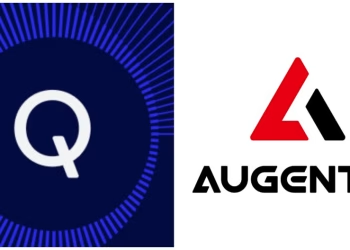At CES 2023, AMD intends to introduce the Ryzen 7000 X3D, its next-generation 3D V-Cache CPUs based on the Zen 4 architecture. We were able to obtain an internal roadmap that, in a sense, validates AMD’s plans to introduce its Zen 4 3D V-Cache components at CES 2023. The processors will be marketed as the industry’s fastest gaming chips, unseating Intel’s 13th-generation Raptor Lake CPUs as the top performers in this category.
The plan has altered, therefore AMD’s earlier prediction that Ryzen 7000 CPUs with 3D V-Cache technology would debut later this year during FAD 2022 is no longer valid. Currently, AMD’s Ryzen 7000 “Zen 4” CPUs and Intel’s 12th Gen Alder Lake CPUs compete against one other and occasionally surpass it.
Ryzen 7 5800X3D is the best gaming processor in the market bar none. We are proud of what V-Cache technology is doing for us and we are gonna feature this in Ryzen 7000 series later this year and in the future generation.
AMD’s Senior Vice President and General Manager for Client, Saeid Moshkelani
In addition, AMD has cut output of its Zen 4 CPUs due to decreasing demand and competition from its own AM4 parts, such as the 5800X3D.

However, the chip manufacturer will use this capability to produce the X3D components, which they believe will draw many more gamers to the AM5 platform. There are currently no official SKUs, although there are rumours that the AM4 platform may feature two SKUs this time around rather than one. One SKU will be marketed to gamers that are enthusiasts, while the other will be marketed as a choice for casual gamers.

The Ryzen 7 5800X3D, the previous generation V-Cache CPU, also lacked capability for overclocking and was slower than non-V-Cache components to save power (voltages). Though their clock speeds are anticipated to be lower than the conventional non-V-Cache parts, they will run at much greater speeds and the clock discrepancy will not be as pronounced as this time around. The Zen 4 V-Cache CPUs are said to relax these voltage constraints.
Also Read:








